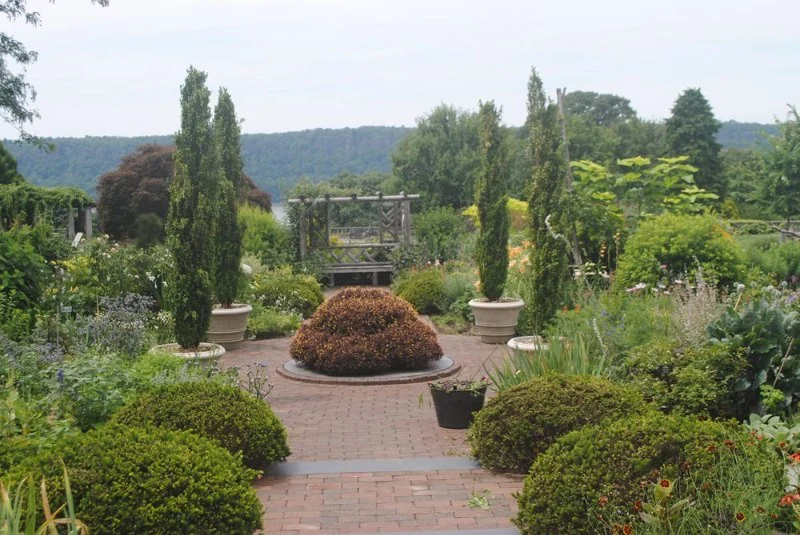
1. How to Use Structural Plants for Yearly Framework
When it comes to landscape design, structural plants play an essential role in providing year-round beauty and functionality. These plants are not only aesthetic but also serve practical purposes, including providing stability, shading, and protection to your garden throughout the seasons. In this article, we will explore how you can incorporate structural plants into your landscape design to create a lasting framework that evolves with the year, providing beauty, structure, and sustainability for your outdoor space.
- What Are Structural Plants?
- Importance of Structural Plants in Landscape Design
- Types of Structural Plants for Yearly Framework
- How to Integrate Structural Plants into Your Design
- Real-Life Examples of Successful Structural Plant Integration
- Why Choose Beautiful Landscapes for Structural Plant Selection
2. What Are Structural Plants?
Structural plants are those that form the framework or backbone of a landscape. These plants are typically hardy, low-maintenance, and versatile, offering key features such as evergreen foliage, strong architectural shapes, and year-round interest. Unlike seasonal plants that bloom for short periods, structural plants provide continuous form, texture, and structure throughout the year.
Examples of structural plants include shrubs, trees, and grasses that are known for their durability and strength. These plants are typically chosen for their ability to survive varying climates and to provide a solid, enduring foundation for more ornamental plants and flowers to flourish within your landscape.
3. Importance of Structural Plants in Landscape Design
Structural plants are crucial in landscape design for several reasons. They help define the space, offer structure, and support other elements of the garden. Without these key plants, a garden may feel chaotic, lacking cohesion and balance.

Cornerstone Materials
West LafayetteTippecanoe CountyIndiana
2301 W 600 N, West Lafayette, IN 47906, USA
3.1 Year-Round Interest
One of the primary benefits of structural plants is that they provide year-round interest. Whether it's the bold foliage of evergreen trees, the unique shapes of ornamental grasses, or the texture of woody shrubs, structural plants bring a solid backbone that remains appealing throughout all seasons.
3.2 Reduced Maintenance
Structural plants are often low-maintenance, meaning they require minimal care once established. They can withstand harsher environmental conditions, making them ideal for areas that may be difficult to maintain with other types of plants. With the right selection, these plants will thrive in your landscape without needing constant attention.
3.3 Environmental Benefits
Many structural plants, such as trees and shrubs, also offer environmental benefits. They can provide shade, reduce soil erosion, and even serve as a habitat for wildlife. These plants can also help mitigate water runoff by absorbing excess moisture and preventing it from overwhelming your landscape.
4. Types of Structural Plants for Yearly Framework
Choosing the right structural plants for your garden involves selecting a mix of plants that offer different forms, textures, and seasonal appeal. Here are some excellent plant types that work well as structural elements for your landscape:
4.1 Evergreens
Evergreens are perhaps the most iconic structural plants. Their ability to retain leaves year-round ensures that they provide consistent structure and color, regardless of the season. Popular choices for structural evergreens include pine trees, boxwood shrubs, and holly bushes. These plants are excellent for providing privacy and shelter, as well as adding a consistent green backdrop to your landscape.
4.2 Ornamental Grasses
Ornamental grasses, such as pampas grass or fescue, provide texture and movement to your landscape. They are particularly effective for adding vertical interest and softening harsh lines. While they can be deciduous, many grasses maintain their shape throughout the year, making them an excellent option for providing long-lasting structure.
4.3 Shrubs and Bushes
Hardy shrubs and bushes like lilac, rhododendron, or azalea offer dense foliage and provide a solid foundation in the garden. These plants come in a variety of shapes and sizes, allowing you to customize their placement to complement other plants in your landscape design. They can be used for hedging, as focal points, or as background elements.
4.4 Trees
Trees offer strong vertical elements and long-lasting structure to a landscape. Deciduous trees like oak or maple provide beautiful fall color, while evergreen trees like spruce or fir retain their foliage all year long. Trees help create a sense of scale and permanence in the landscape, often becoming focal points that define a garden’s layout.
4.5 Climbers and Vines
Climbing plants and vines such as ivy or wisteria can be used to create vertical structure and add dimension to your garden. They work particularly well on trellises, walls, or fences, helping to create a green curtain or cascading effect. These plants not only provide structural interest but also enhance the aesthetic appeal of your space.
5. How to Integrate Structural Plants into Your Design
Integrating structural plants into your landscape design requires careful planning and consideration of plant characteristics. Here are a few tips on how to successfully incorporate them into your garden:
5.1 Create Focal Points
Use structural plants like large trees or tall shrubs to create focal points in your garden. These plants can be strategically placed to draw the eye and help define different areas of your space, such as entrances, pathways, or garden beds.
5.2 Mix and Match Textures
Incorporate a variety of plant textures—such as the fine leaves of grasses or the bold, thick foliage of evergreen shrubs—to create a dynamic landscape. Mixing textures will add visual interest and prevent your garden from looking flat or monotonous.
5.3 Layer for Depth
Layering different plants of varying heights and sizes adds depth and dimension to your garden. Place taller plants like trees in the back, medium-sized shrubs in the middle, and low-growing groundcovers or grasses in the front. This layering effect enhances the overall structure of your garden and allows each plant to shine.
6. Real-Life Examples of Successful Structural Plant Integration
Successful landscape designers often turn to structural plants to create landscapes that stand the test of time. For example, a homeowner in Washington state used a combination of ornamental grasses, boxwoods, and hydrangeas to create a beautiful yet functional backyard. The use of evergreens provided year-round structure, while the grasses offered movement and texture.
Another example comes from a city park in Oregon, where architects integrated various types of trees, shrubs, and climbing plants to transform the space into a sustainable, low-maintenance garden. The strategic use of these plants not only enhanced the beauty of the park but also provided shade, protection from wind, and habitat for local wildlife.
7. Why Choose Beautiful Landscapes for Structural Plant Selection
At Beautiful Landscapes, we specialize in offering the best structural plants to create a solid framework for your garden. Our team of experts can help you choose the perfect plants that will not only provide beauty but also add functional value to your outdoor space. Whether you're looking for evergreen shrubs, ornamental grasses, or tall trees, we have the best selection to suit your needs.
Visit Beautiful Landscapes today to get expert guidance on integrating structural plants into your garden and create a landscape that lasts year-round!

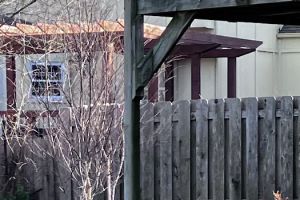
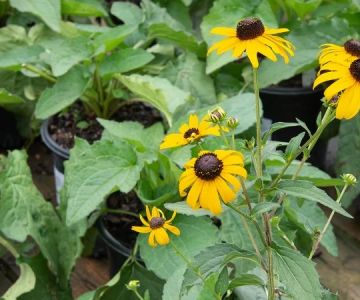
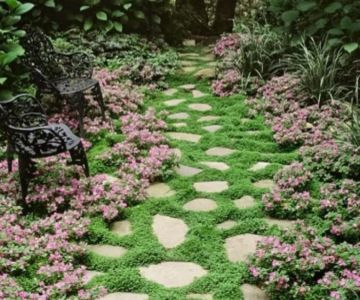
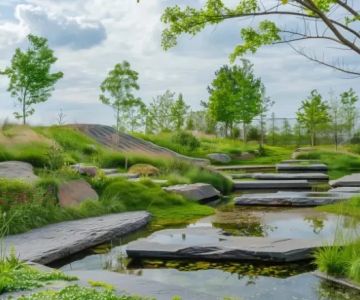

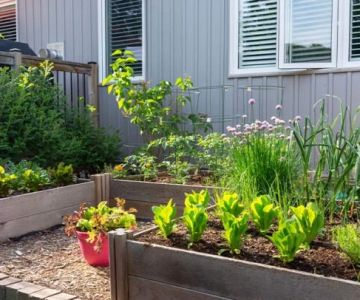
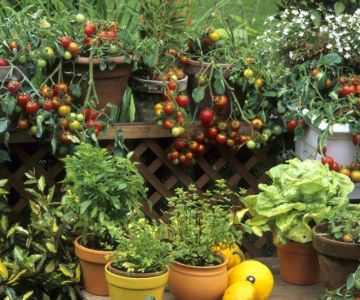
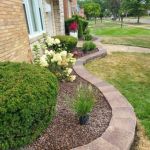 Yuritzy cc Landscaping Inc0.0 (0 reviews)
Yuritzy cc Landscaping Inc0.0 (0 reviews)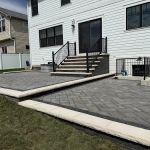 G Construction & Landscape5.0 (32 reviews)
G Construction & Landscape5.0 (32 reviews) Betos landscaping.LLC4.0 (32 reviews)
Betos landscaping.LLC4.0 (32 reviews) Weston's Lawn Equipment4.0 (18 reviews)
Weston's Lawn Equipment4.0 (18 reviews) Blade Enterprise5.0 (4 reviews)
Blade Enterprise5.0 (4 reviews)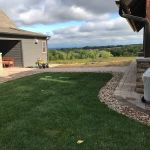 Making Moves Landscaping and excavating LLC4.0 (25 reviews)
Making Moves Landscaping and excavating LLC4.0 (25 reviews)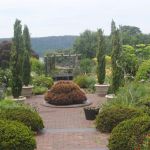 How to Use Structural Plants for Yearly Framework
How to Use Structural Plants for Yearly Framework How to Grow Groundcovers That Replace Traditional Lawns
How to Grow Groundcovers That Replace Traditional Lawns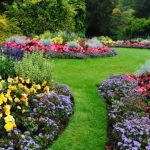 How to Choose Plants That Don’t Compete: A Guide for Perfect Landscaping
How to Choose Plants That Don’t Compete: A Guide for Perfect Landscaping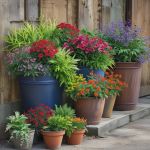 How to Choose the Right Plants for Container Combinations: Tips for Beautiful Displays
How to Choose the Right Plants for Container Combinations: Tips for Beautiful Displays How to Landscape With Succulents & Xerophytes: A Guide to Beautiful, Low-Maintenance Gardens
How to Landscape With Succulents & Xerophytes: A Guide to Beautiful, Low-Maintenance Gardens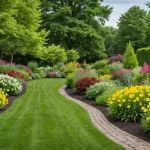 How to Develop a Seasonal Garden Maintenance Calendar - Expert Tips for Year-Round Gardening
How to Develop a Seasonal Garden Maintenance Calendar - Expert Tips for Year-Round Gardening